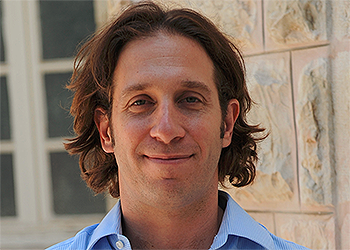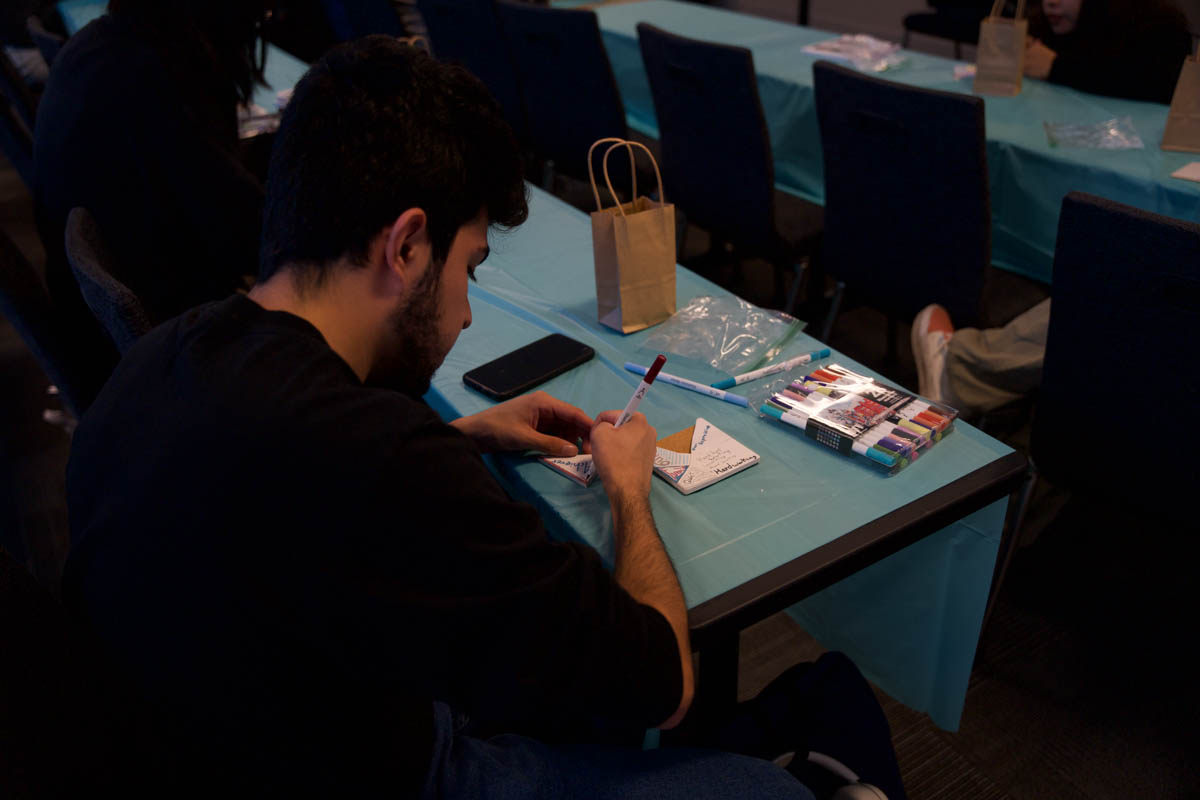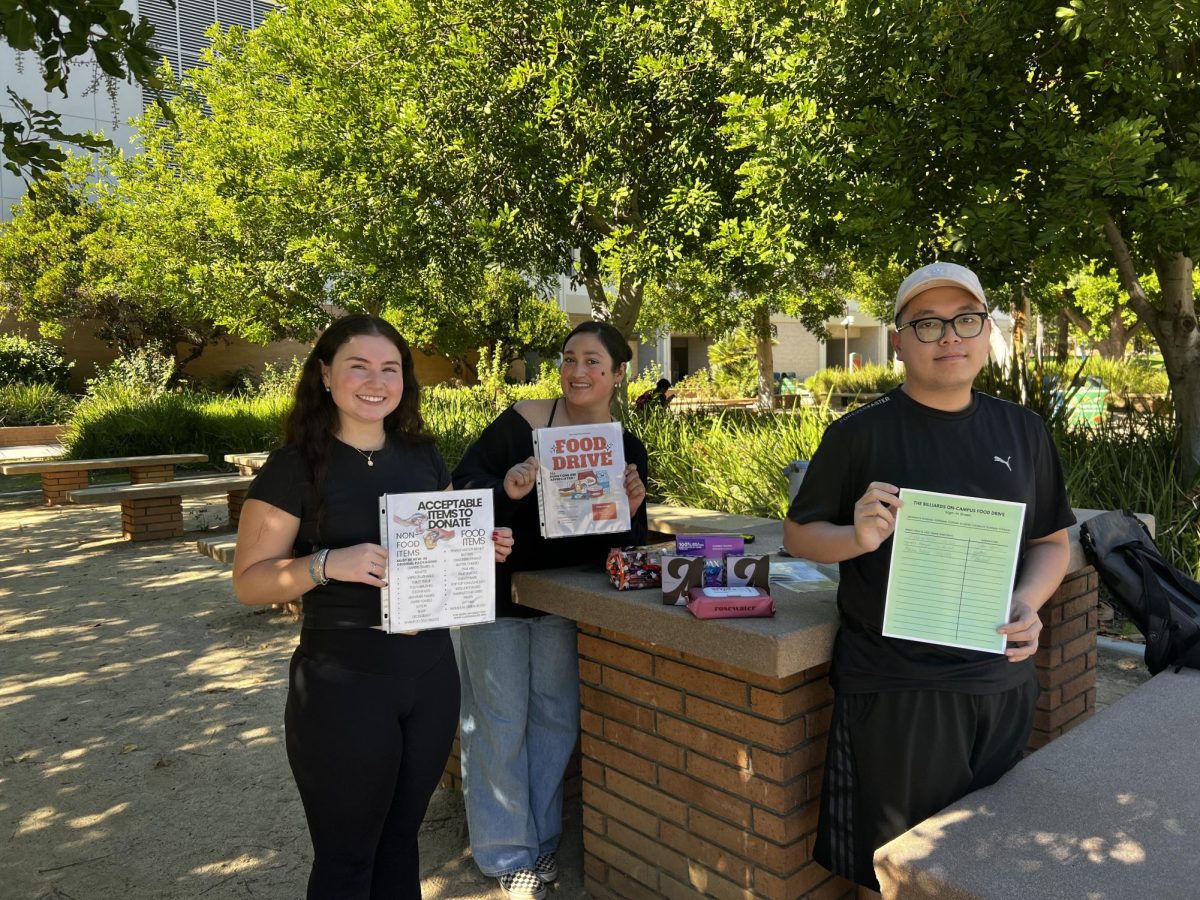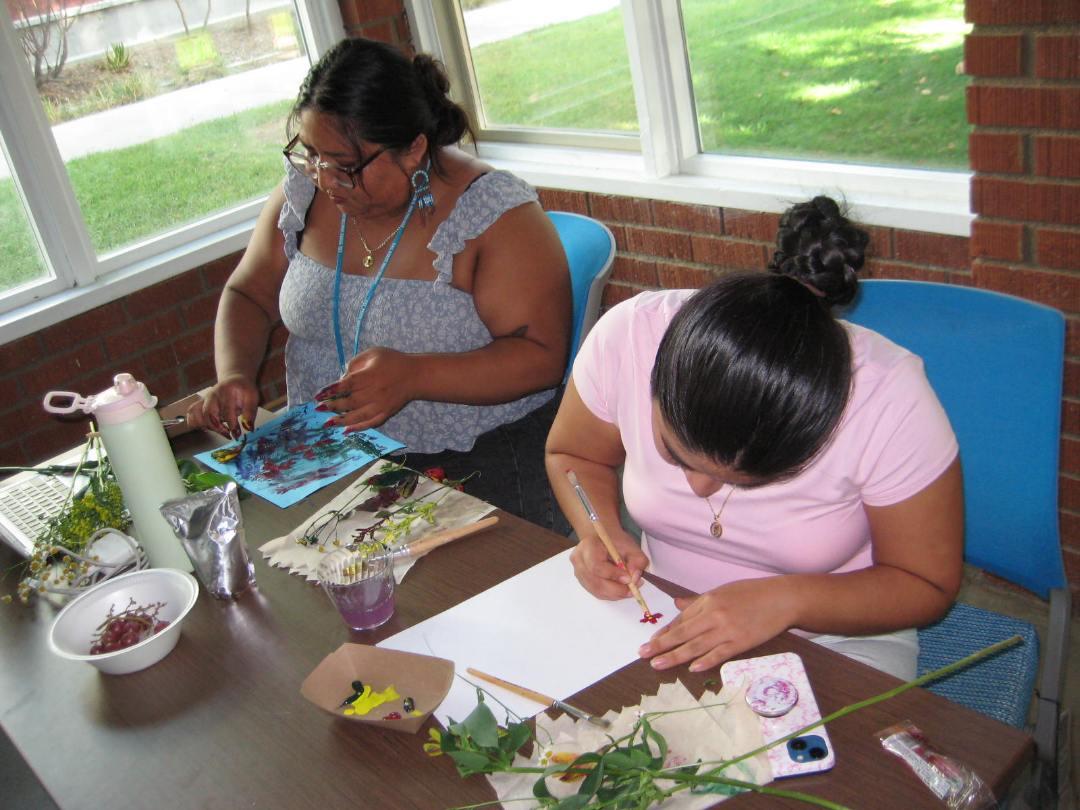
By Mengran Wu
Dr. Jeremy Bailenson holds an impressive resume.
He is the founding director of the Virtual Human Interaction Lab at Stanford University, an associate professor at Stanford’s Department of Communication, faculty director of Stanford’s Digital Forum, and a senior fellow at the Woods Institute for Environment.
He visited CSUN on Tuesday night to speak about his latest project in cutting edge virtual reality learning technology.
CSUN is among one of the 14 universities in the nation that would implement the Virtual Reality project for education in the future.
Speaking at the University Student Union’s Northridge Center, Bailenson introduced a virtual reality goggle that, he said, could potentially transform lifetime education.
Virtual reality, Bailenson said, is basically “Tracking, Rendering, and Display.” It generates a live three-dimensional environment simulation upon activation.
Users equipped with the helmet device will experience a computer generated environment parallel to the physical world. Every facial and physical movement is carefully calculated by the system in the lab environment.
Bailenson suggests that virtual reality has the capability to allow professors to “teach live.”
He further emphasized that students and teachers can literally interact in a simulated virtual classroom without moving away from their locations.
This device is made for the purpose of connecting education globally. To illustrate this, prior to the lecture, CSUN faculty gave a brief teaching demonstration over virtual reality on the stage.
A computer-generated reality classroom appeared on a TV screen showing five students, each with a unique personality and racial background. They responded to a CSUN professor’s basic instruction.
The simulated students who appeared on screen were the avatars of real- life individuals that were created for the demonstration.
Bailenson went on and further discussed how virtual reality can create a possible learning environment for future generations. He gave a national statistic on the number of hours children are spending using media.
In 2004, children from the age of 8 to 18 were spending on average of seven hours per day interacting with media through multiple technological devices.
In 2009, that number increased to nine.
“The future generation will eat, read, and sleep with media,” Bailenson said. “Thus, finding a way to integrate technology into education is an essential step for future learning, without the risk of reducing social interactions.”
Bailenson discussed how the device can create a positive learning environment. He explained how by allowing a user in a superhero simulated environment, and by allowing him or her to save a person’s life, will produce positive behavior toward others.
Bailenson also discussed current research limitations on the virtual reality program. For example, the possible health effects on visions and cognitive function under prolong usage of the device is unclear.
And the debate on such ethical issues was one of the major concerns. Question raised over the issue of gender neutrality was also one of the key issue toward the project’s few limitations.
In his final words, Bailenson closed the curtain by stating that education through Virtual Reality will go into a global scale.
Despite those facts, the project is, however, still in the process of development.










